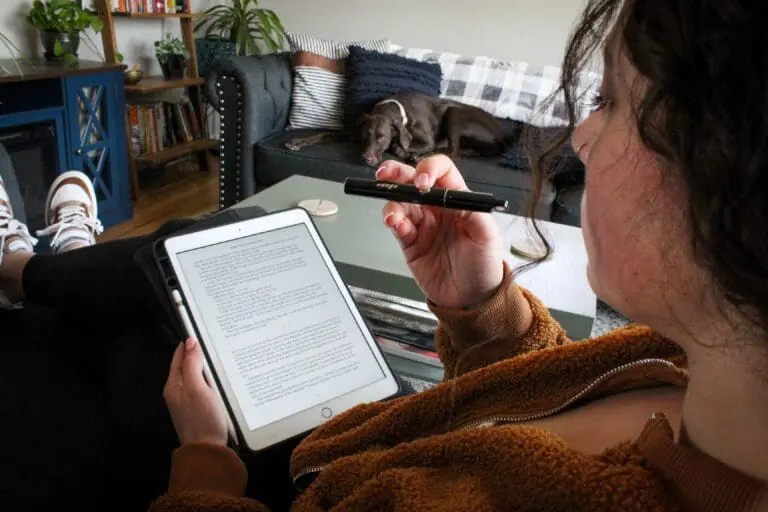How Laser Periodontal Therapy Treats Gum Disease

Gum disease is a serious problem. It is estimated to affect three in ten adults despite the fact the risks are reduced by simply brushing your teeth daily for two minutes, flossing once a day, and using mouthwash.
Gum disease is an infection of the gum. It usually starts because you have a build-up of plaque in your mouth. This traps bacteria which then attack the gum. It leads to bleeding gums that are swollen and may feel tender.
However, in most cases there is no pain, allowing it to go unnoticed and untreated. But, if left, it leads to receding gums and ultimately tooth loss.
That’s one of the reasons you need to make an appointment with this dentist Campsie and have regular checkups.
Introducing Laser Therapy
Lasers are often associated with cutting and leveling. But, they are also commonly used in medical practices. For example, lasers are used to create eyesight issues. What you may not realize is that they also can be used in oral applications.
A laser can be targeted at the root of a tooth. It uses a special light to target infected gum tissue and remove it. With the tissue removed your roots will actually be exposed. While the laser step is effectively painless, the next step isn’t and you’ll need a local anesthetic.
Your dentist will scrape and clean your roots to remove all plaque and calculus around them. This eliminates gum disease. The dentist will smooth the remaining surfaces out as this helps the tooth root to regenerate and attach back to the healthy gum.
The process is invasive, although the laser part isn’t. Your mouth will feel strange afterward and you will need to follow the dentist’s care instructions carefully to allow the gum and roots to heal properly.
The good news is that this approach can be very effective at dealing with moderate to severe cases of gum disease. In the past there was little a dentist could do except removing the affected teeth.
It should be noted that the same laser can also target bacteria in pockets in your gums, without exposing your roots! That’s a great way to reduce the likelihood of gum disease occurring.
The After Care
After you have had oral laser surgery it is important to maintain good oral hygiene. That means brushing twice a day and flossing regularly. It’s also a good idea to use an antiseptic mouthwash, this will kill any bacteria which may cause new infections while your gums and roots heal.
Things Worth Noting
Laser therapy will reduce the amount of bleeding that occurs from your teeth during the cleaning. Alongside this the treatment is easy to schedule around your daily routine and, because it is much less invasive, it is easier to overcome anxiety and have it done. You’ll also find your teeth and gums heal much faster.
In many cases, you can be in and out of your dentist in less than an hour!









